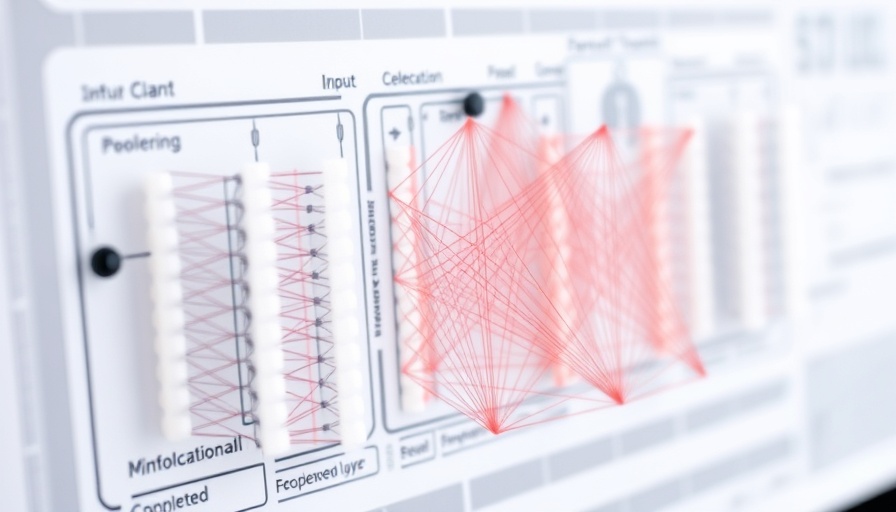
Transforming Motor Diagnostics with AI
In the ever-evolving world of technology, the integration of artificial intelligence into motor diagnostics marks a significant advancement. A groundbreaking study spearheaded by Dr. Wentao Huang has successfully addressed a crucial gap in five-phase permanent magnet synchronous motor (PMSM) diagnostics. Conventional methods often fall short in assessing inter-turn short-circuit (ITSC) severity, which poses serious risks in various applications, particularly electric vehicles.
Understanding Inter-Turn Short-Circuit Challenges
Historically, quantifying ITSC severity in operating motors has challenged engineers due to the intricate nature of motor fault parameters. Traditional diagnostic methods lacked the ability to decouple these complexities, leaving critical situations undetected and risks unmitigated. Unchecked, these faults can lead to severe outcomes like irreversible demagnetization, putting both equipment and safety in jeopardy.
How AI and data analytics are revolutionizing motor safety
The innovative diagnostic method introduced combines a real-time tracker with an AI analyzer to assess faults and quantify damage effectively. Utilizing advanced technologies like the extended state observer (ESO) and convolutional neural networks (CNN), this study represents a substantial leap forward. By isolating short-circuit turn ratios from fault resistance without the confusion of complex parameters, this method enables real-time severity grading—an important factor in determining targeted responses for safeguarding motors.
Future Developments: Self-Protecting Motors
Moving forward, the implications of this research extend beyond mere diagnostics. The next phase aims to develop motors with self-protection capabilities, which would automatically reduce power during fault detection, thereby preventing further damage. This innovation is expected to enhance live fleet health monitoring when integrated with factory networks, pointing towards a future of smart, self-protecting machines.
Adapting Technology Beyond Industrial Use
The potential applications for this technology stretch well into critical infrastructure. For instance, it could play a vital role in reinforcing the safety of wind turbines against generator failures in challenging operating environments. Moreover, aerospace applications could utilize these protective systems in electric propulsion to safeguard against in-flight hazards, underlining the vast field of opportunities that AI technology brings to enhance motor safety and reliability.
The Importance of Innovation in Safety Protocols
As technology evolves, understanding its implications on safety protocols in various industries becomes increasingly vital. The AI-powered diagnostic methods not only offer better fault detection but also pave the way for creating a safer operational environment in high-risk sectors. These innovations highlight the importance of embracing AI and machine learning as tools for enhancing product safety and reliability.
In summary, the integration of AI in motor diagnostics is changing the game for safety measures. By utilizing advanced technologies to identify and mitigate risks associated with motor faults, industries can better protect not only their machinery but also the safety of people relying on these innovative systems.
 Add Row
Add Row  Add
Add 




Write A Comment